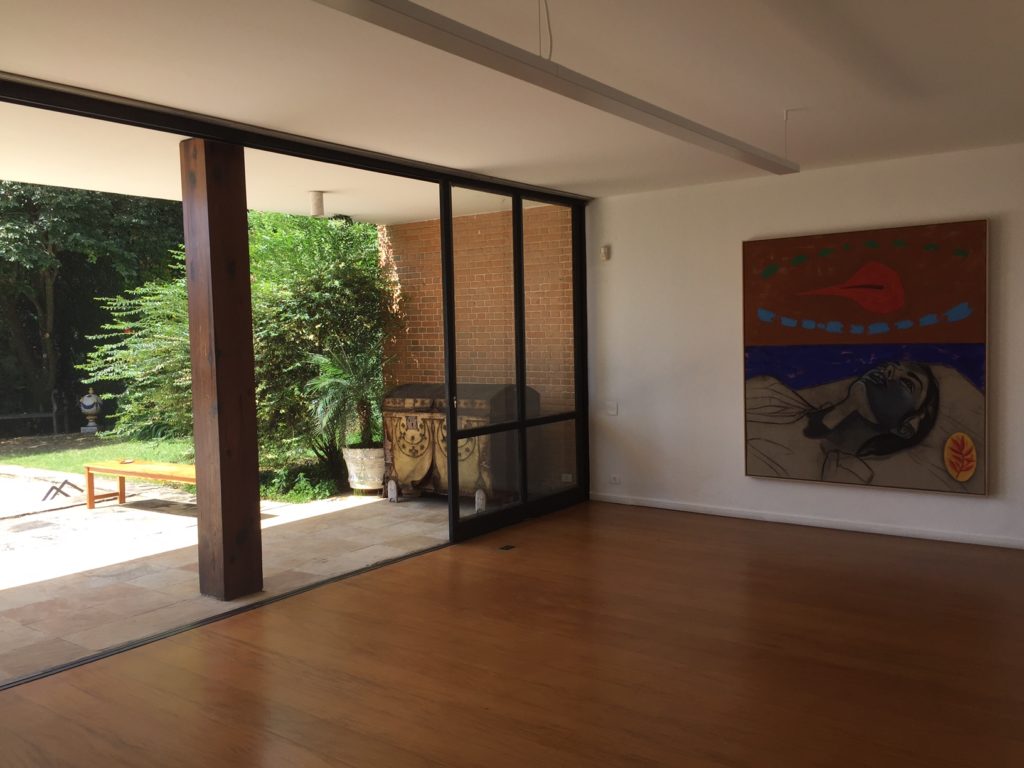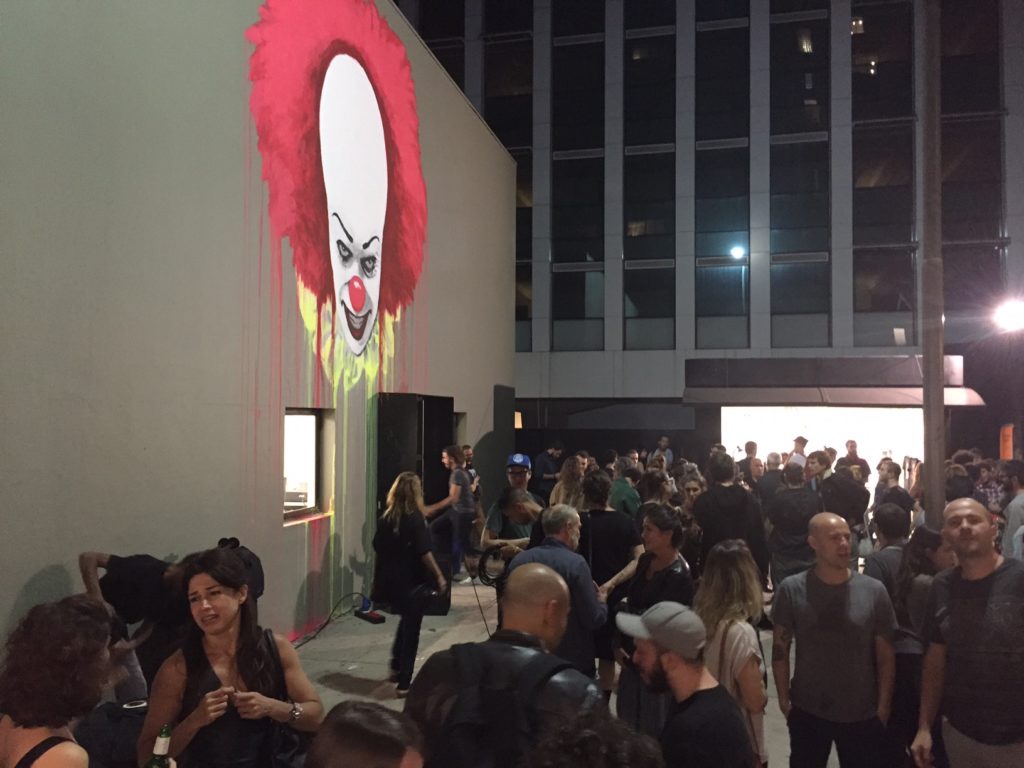Analysis
Brazil’s Art Market Isn’t Even Close to Its World-Class Potential. Here’s Why.
It's probably not what you think.
It's probably not what you think.
With a deep pool of talent and a growing network of galleries, Brazil has an incredibly vibrant and unique art scene. And yet—despite a burgeoning collector base—there are some crucial pieces missing that are preventing the country from becoming an international force in the visual arts.
Yes, there’s been economic and political instability, but as SP Arte founder and director Fernanda Feitosa notes, that is not what’s holding the country back. “Nobody is immune to economic cycles,” she told artnet News. “But collectors will buy through these cycles all the time. A collector in Brazil is subjected to the same things as anywhere else. The optimism is a little lower, but it’s the same in London or New York,” she noted.
The key issue that comes up time and again in conversations with Brazilians is the exorbitant taxes levied by both the state and federal government on cultural goods. This encompasses both import duties and an unbelievable sales tax of between 50 and 60 percent. To put that into perspective, New York state sales tax is about 8.9 percent and the UK’s adjusted tax rate on cultural goods is 7 percent. Even Germany’s derided 19 percent tax rate looks like a bargain in comparison.

Ricardo Kugelmas’ Auroras project space in São Paulo. Photo: Henri Neuendorf.
According to Ricardo Kugelmas, who runs Auroras, an independent art space, the system prevents the healthy cultural exchange that other nations take for granted. “Museums have almost no works by international contemporary artists because the import taxes are so high. Nobody has a Jasper Johns,” he said, visibly exasperated, “there are painting students who have never seen a Jackson Pollock in person.”
Although top-tier Brazilian collectors are very active in the art market, the works don’t find their way back to Brazil. Instead, they stay in the wealthy buyers’ overseas residences in the US or Europe, or in storage. “There’s no incentive to be philanthropic,” Kugelmas lamented, “people pass the works to their children or grandchildren.” Summing up the issue, he said, “There’s a lot of problems for Brazilian legislators and art just isn’t a priority.”

Crowds at the opening of Vermelho Gallery’s latest show. Photo: Henri Neuendorf.
However, organizers of SP Arte and ArtRio have successfully lobbied state governments to allow a tax exemption to bring down the applicable rate to between 15 and 16 percent for participants for the duration of the respective events. The move has been a success, attracting international heavyweights such as Gagosian, David Zwirner, White Cube, and Kurimanzutto to Brazil. And local dealers can sell to collectors without scaring them away with enormous added costs.
These measures have been universally welcomed as a small step in the right direction, but there’s still lots of work to do. So how can the Brazilian art market overcome the troublesome legislative framework? “It’s about Brazil as a country,” gallerist Daniel Roesler of São Paulo and New York based Galeria Nara Roesler told artnet News. “The general economy impacts the art infrastructure. You have to take a step back and look at the bigger picture, when the country improves as a whole, the art market will follow.”